Apple's latest AirPods Pro 3 have already set a new standard for wireless earbuds, but the company isn't stopping there. What we are seeing now could be the start of something much bigger. Apple's development teams are actively working on so-called revolutionary features that could turn these buds into devices that feel closer to companions than accessories.
Sources say the next generation of AirPods Pro points to AI-powered experiences, with advanced on-device processing and even camera integration on the table. Apple's silicon team is building an upgraded H3 chip to boost audio quality and cut latency beyond the current H2 processor. According to recent industry reports, the leap could arrive as soon as 2026, the biggest shift in Apple's premium earbuds since their debut.
The H3 chip: powering the future of audio
At the center of Apple's plan sits the H3 chip, a rethink of how earbuds process sound and compute on the fly. Not a small bump, a reset of what fits in your ear.
Apple's engineering teams are aiming far past the H2, which first appeared in 2022. Mark Gurman's reporting indicates the silicon group is prioritizing support for more sophisticated AI features and stronger connectivity.
What changes in practice? Three things stand out: computational power for real-time environmental analysis, thermal management that helps battery life, and sharper signal processing for spatial audio. The H3 is described as capable of handling the load of infrared camera input and advanced health monitoring at once, which sets the stage for tighter spatial audio, smarter noise cancellation, and support for Apple Intelligence features that lean on real-time context.
Camera integration: transforming earbuds into smart sensors
The most eye-catching idea on Apple's roadmap is small infrared cameras in the buds. Sounds sci-fi, sure. It is closer than it sounds.
Industry analyst Ming-Chi Kuo previously predicted at least one tiny infrared camera arriving by 2026, and recent reports say Apple is actively exploring it. If implemented, the payoff is in-air gesture controls, so you could pause a podcast with a quick flick or nudge the volume by moving a finger near your ear while jogging.
There is a bigger ecosystem play too. The same integration promises tighter connectivity with Apple's Vision Pro headset, creating a more seamless mixed-reality experience. Wear both, and the AirPods could detect head movement and changes around you, then share that data to push audio immersion further.
Apple has filed multiple patents outlining how these cameras might double as proximity sensors, checking fit in the ear, and picking up defined hand gestures for control. Camera-equipped models could even arrive as a premium variant of AirPods Pro 3 before a full Pro 4 redesign, following Apple's strategy of rolling out iterative hardware without changing model numbers.
Enhanced health monitoring and AI capabilities
The next generation of AirPods Pro is set to deepen Apple's health features, building on the heart rate tracking in today's Pro 3. The ear canal sits near major blood vessels, which can give it an edge over wrist sensors for certain readings.
Apple is reportedly exploring additional health features, including temperature sensing, that could be more convenient and, in some cases, more accurate than wrist-based checks. Early testing suggests ear canal temperature readings could be up to 15 percent more accurate than forehead measurements, potentially offering more reliable results than current Apple Watch sensors. Reports suggest Apple plans to roll these out over time, building toward a broader wellness system.
Apple Intelligence features are also in the mix. According to industry sources, the buds could act as environmental awareness devices, especially if infrared cameras are present, feeding contextual cues for things like real-time object identification, navigation help, and accessibility features for users with visual impairments.
What this means for the broader AirPods lineup
While the Pro line pushes into sensors and AI, Apple is also rumored to be developing AirPods 5 for the entry and mid tiers. Development is underway for these models, which are expected to focus on core audio upgrades rather than health or cameras.
The heart-rate sensor from AirPods Pro 3 will not be included in AirPods 5, keeping a clear separation between tiers. That split lets Apple stretch the Pro line into new territory while keeping the rest of the lineup approachable on price and purpose.
Most observers expect incremental gains in power efficiency and charging for standard AirPods. Some H3 benefits, like stronger connectivity through improved Bluetooth or ultra-wideband refinements, may trickle down, but the most advanced AI and camera features are likely to remain Pro-only.
The road ahead: timeline and expectations
Timelines are fluid. Camera-equipped models are rumored for 2026, while the H3 chip could surface earlier through incremental updates.
This approach mirrors other Apple rollouts, major tech shifts phased in over multiple cycles instead of one giant leap. That breathing room helps refine manufacturing, balance battery demands for new features, and build developer support for camera-aware apps before scaling up.
All of it points to a larger ambition. Gurman's reporting suggests the camera work fits into the broader push to turn AirPods into AI devices, with hardware laying the groundwork for richer software to come.
Put together, the sensors, extra processing, and AI features could shift AirPods from simple audio gear to something more, a personal assistant, a health monitor, an environmental guide, tucked in your pocket.
Where innovation meets everyday life
This next wave of AirPods Pro is not just a spec bump; it is a rethink of how we move through digital spaces. The H3 chip, camera exploration, and Apple Intelligence features form a base for experiences that feel intuitive, hands-free, and context-aware.
These developments suggest Apple sees AirPods as essential parts of a larger ecosystem that blends physical and digital interaction. The promise stretches beyond music and calls to health checks, accessibility support, and a better read on what is happening around you.
Some of this will take time. Yet as health sensors, environmental awareness, and gesture controls converge, the tech gets more inclusive and more natural to use. The groundwork being laid now could shape the next decade of personal audio, turning AirPods into the quiet center of a more connected, smarter day.




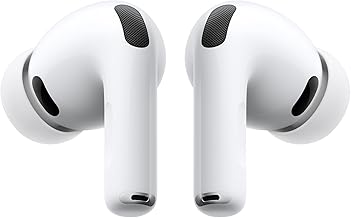

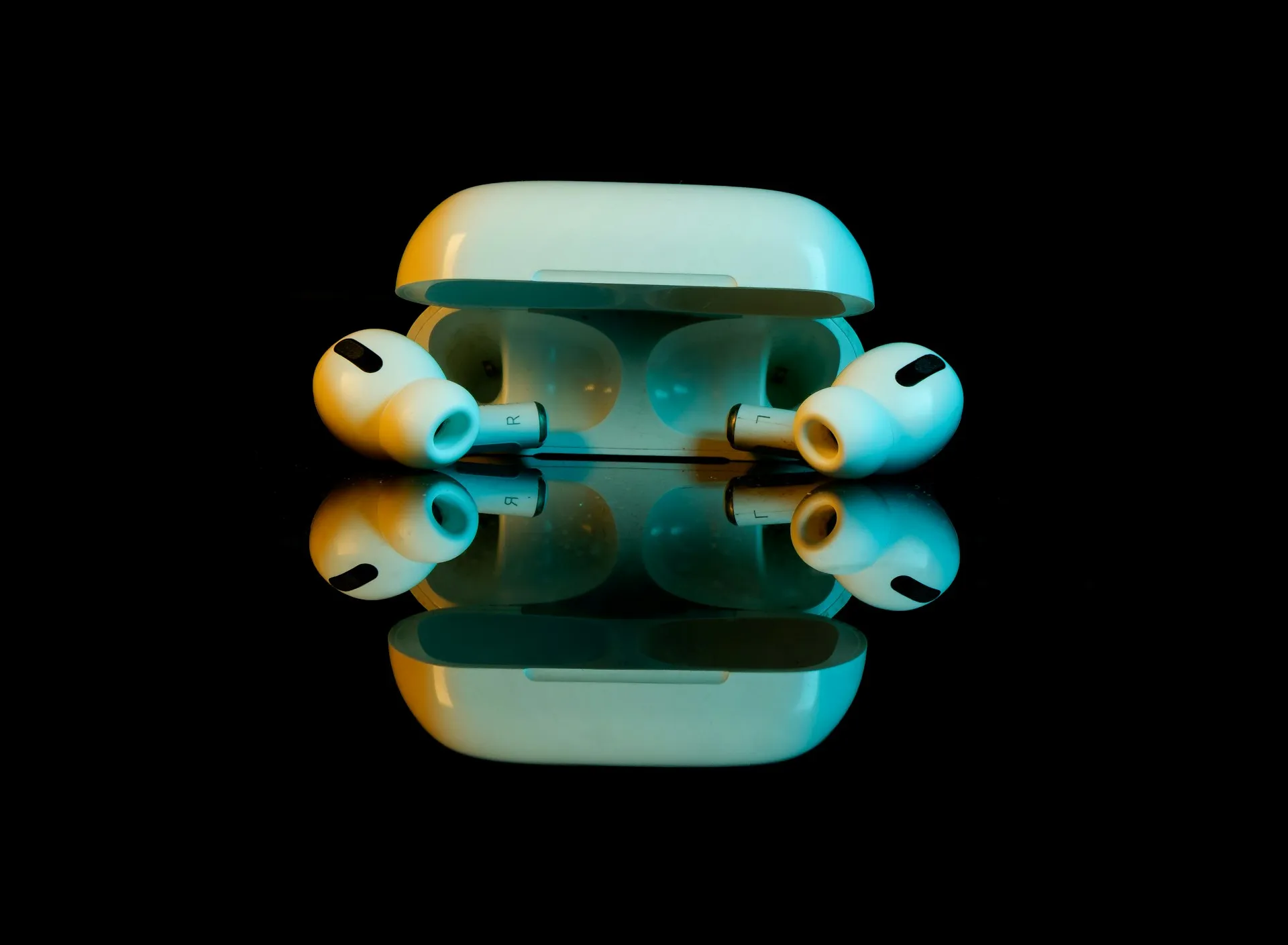





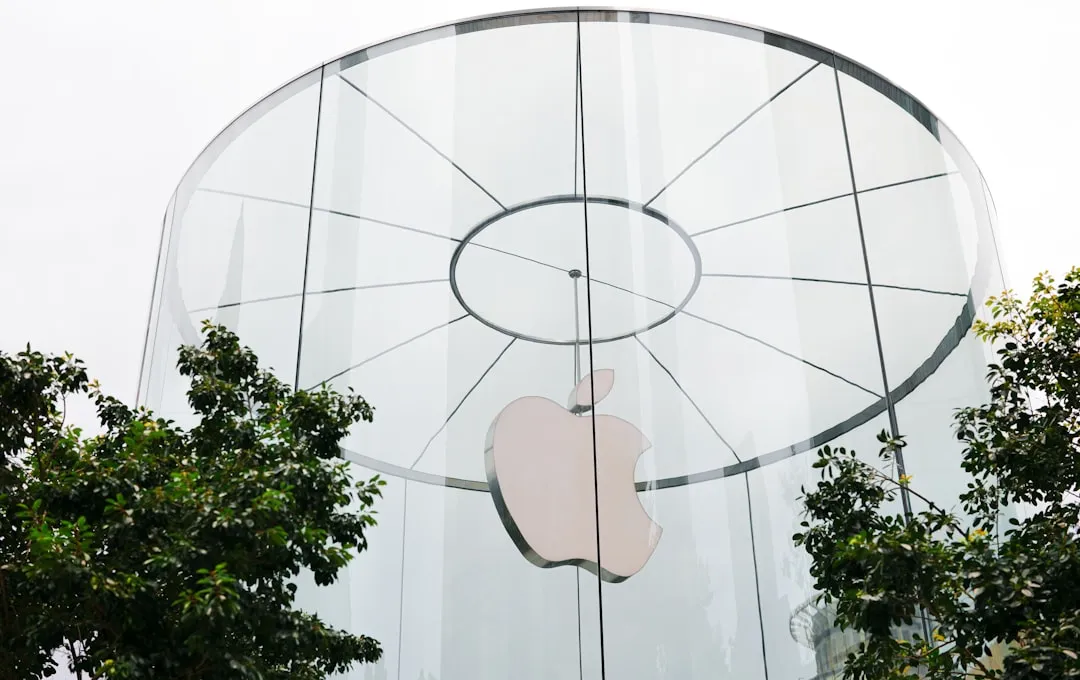
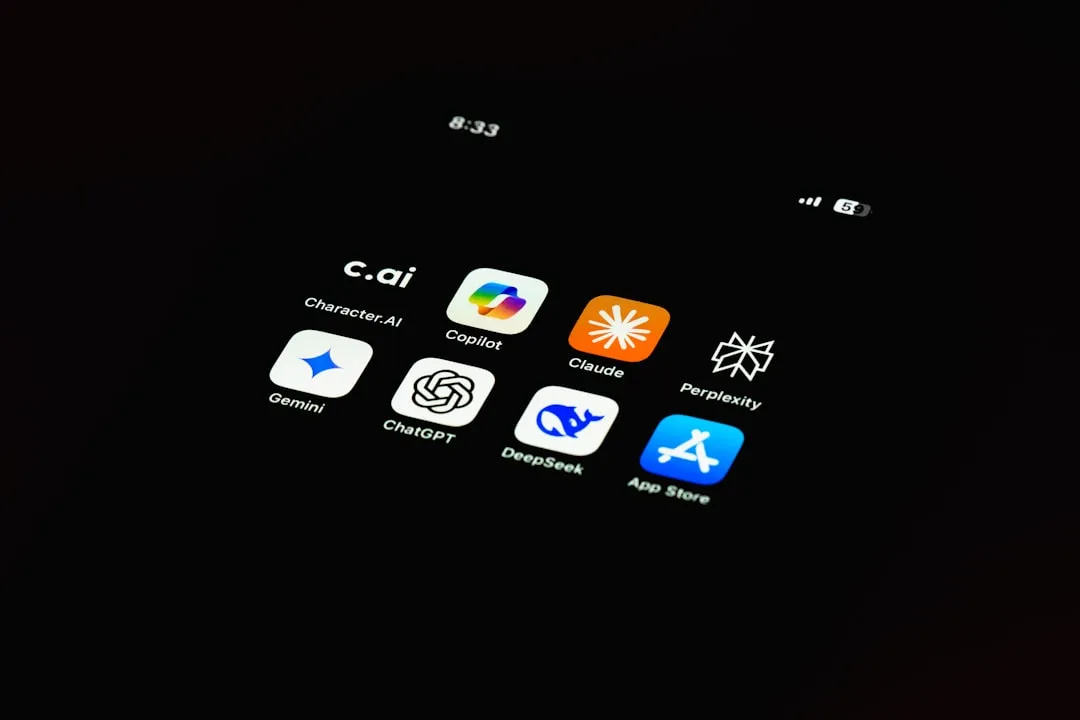
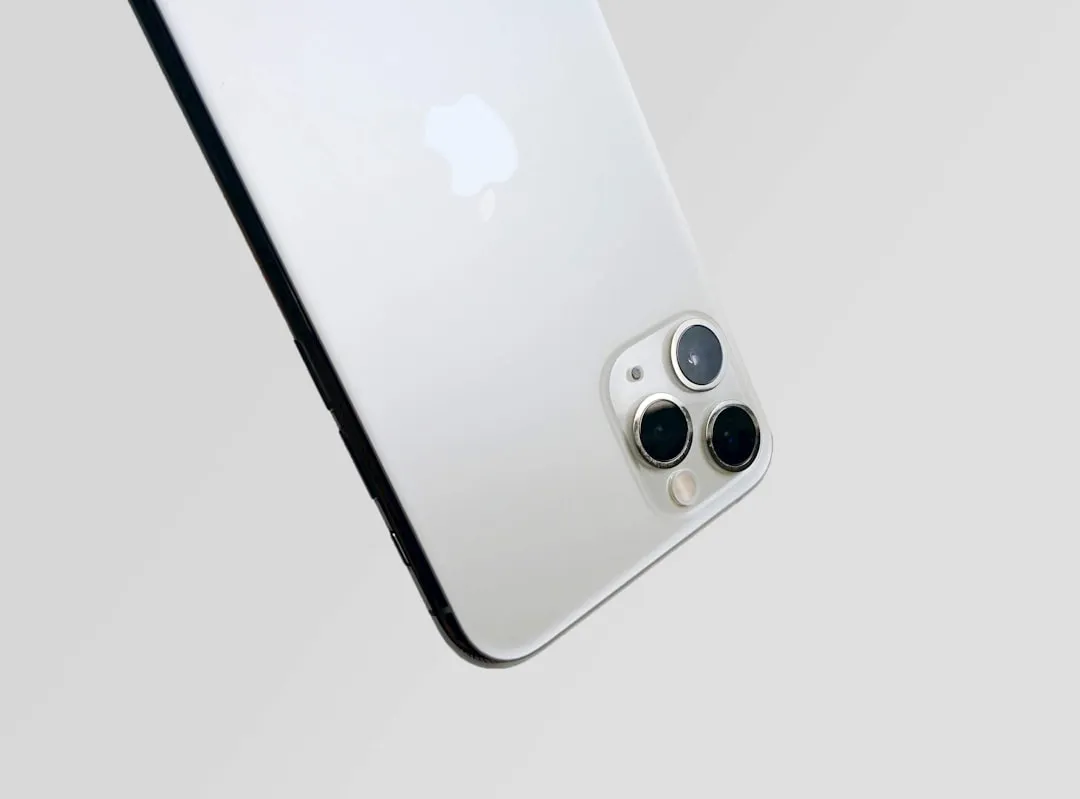
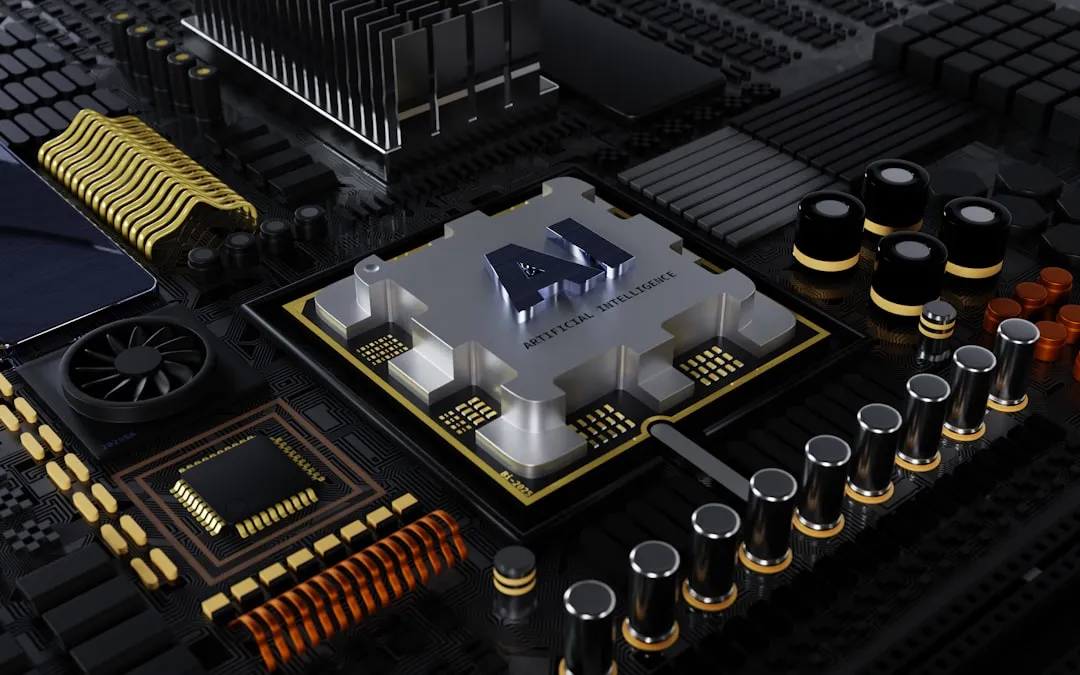
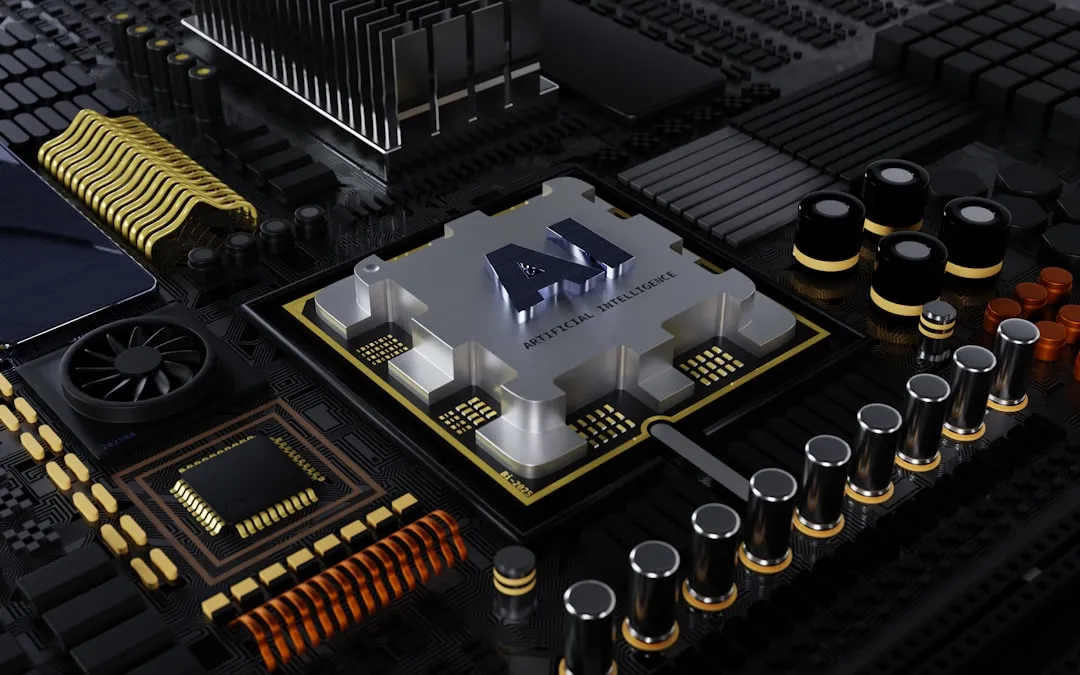
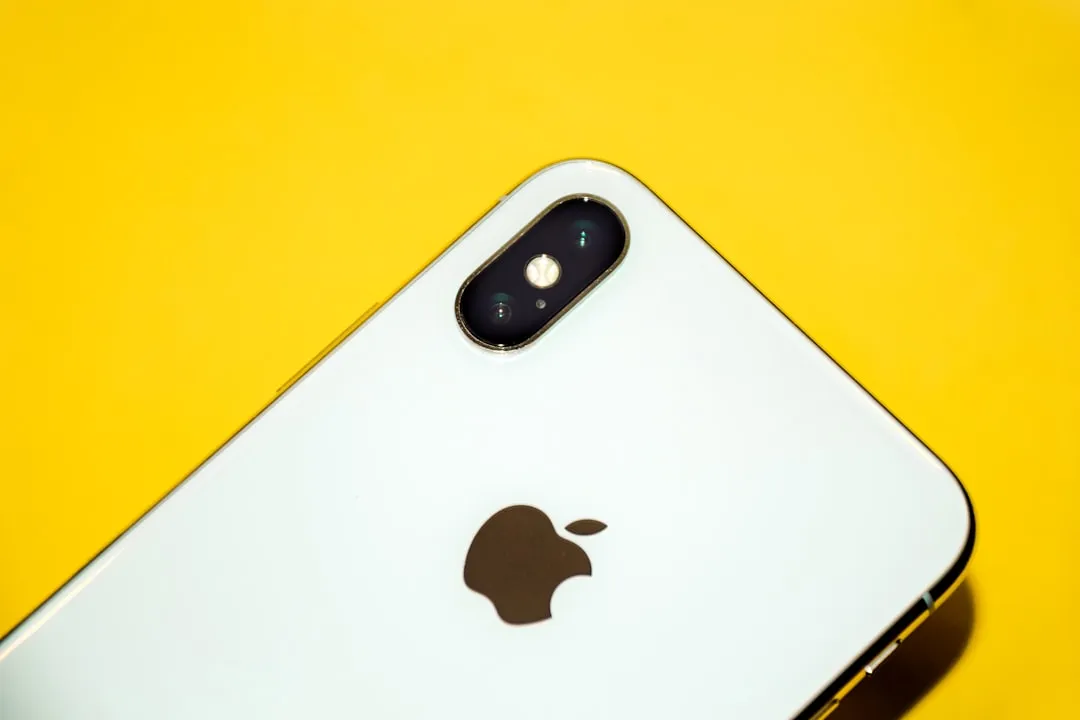

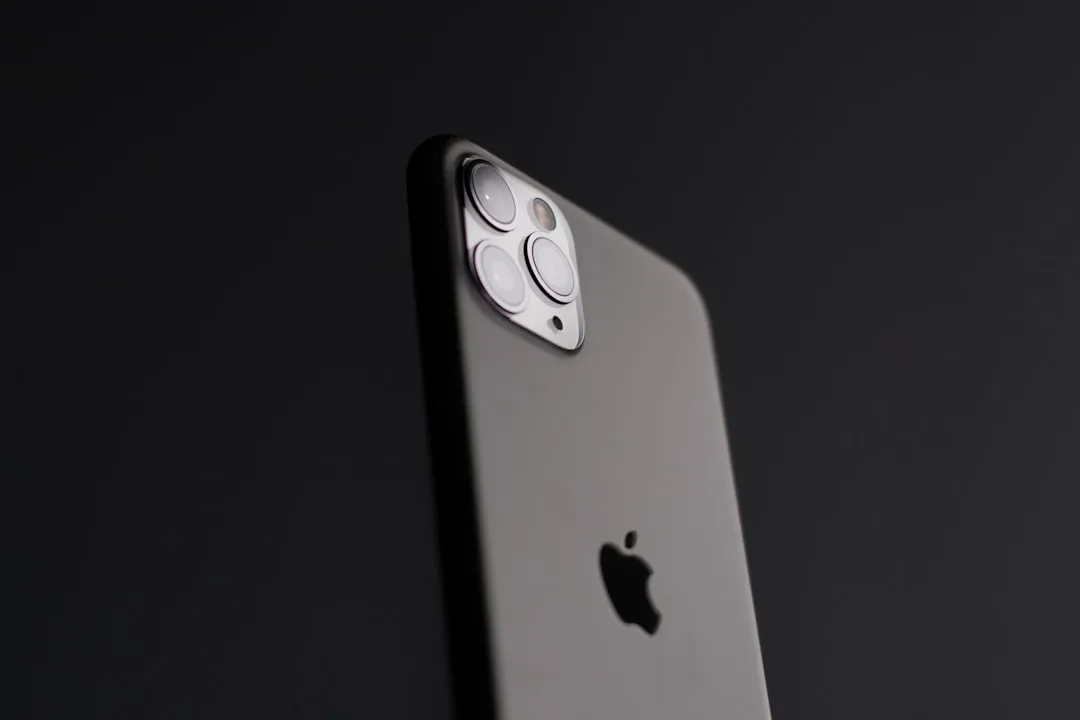


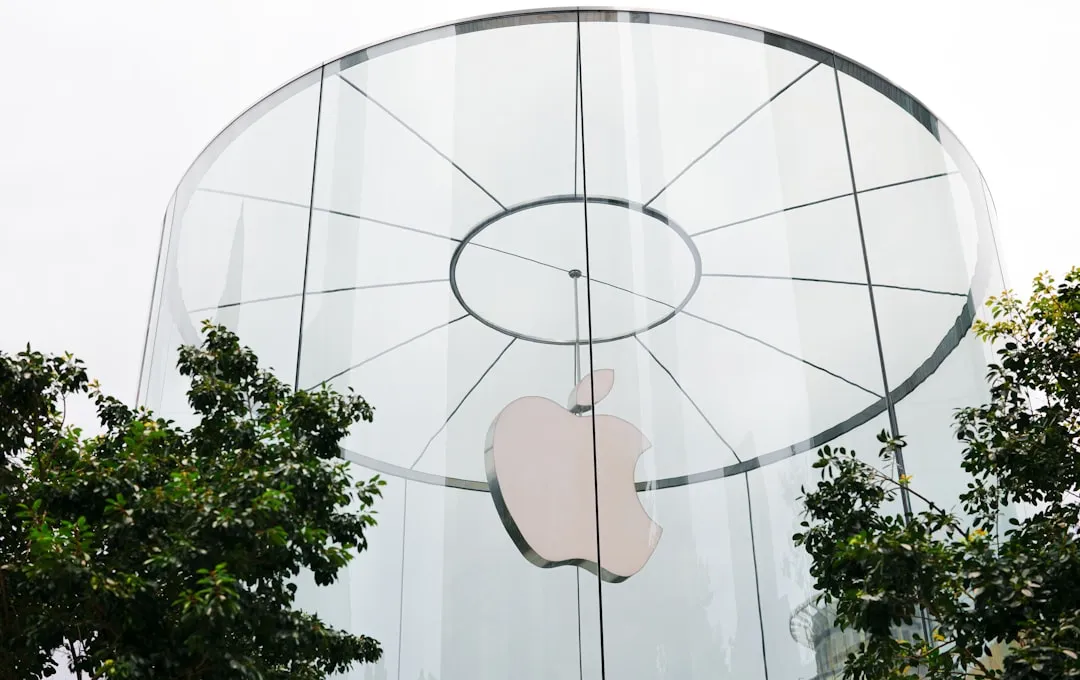

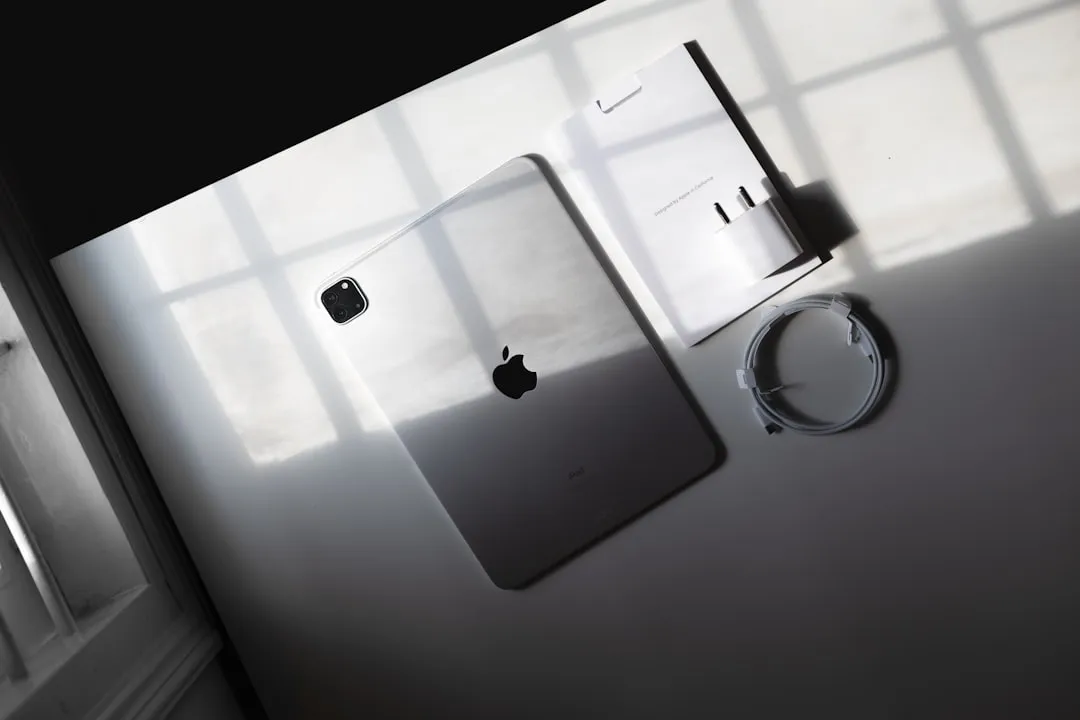


Comments
Be the first, drop a comment!